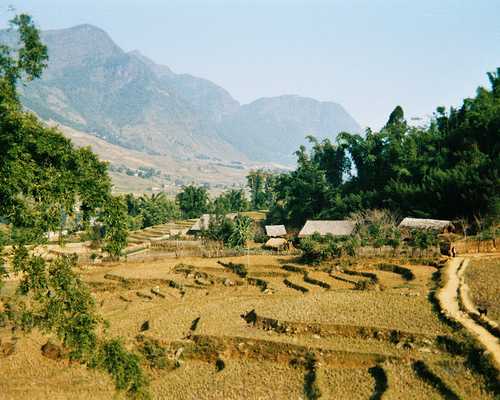The IMF have reclassified the Laos government as being at moderate rather than high risk of not being able to pay external debts. The change is not due to any fall in debt levels or unexpected increase in earnings, but because the World Bank has judged the government to have slightly better policies on the financial sector and the business environment. It is not clear what these policy changes are.

The reclassification means the Asian Development Bank and World Bank will shift from only giving grants to Laos, to giving a 50/50 mix of grants and loans, whilst increasing the total amount of money available.
Laos is one of the most impoverished countries in East Asia, with a national income per person of $1,100. Two-thirds of the population, over 4 million people, are estimated to live in poverty, using the World Bank poverty line of less than $2 a day. One-fifth of the population, 1.3 million people, are chronically malnourished.
The Laos government’s foreign owed debt is $4.1 billion, 44 per cent of GDP. Half of this is owed to the Asian Development Bank and World Bank on older loans. Debt payments currently average around 10 per cent of government revenue; $160 million a year. Though originally eligible, the Lao government decided not to join the Heavily Indebted Poor Countries initiative. The World Bank and IMF in turn decided in autumn 2011 that the country is no longer eligible for the scheme.
The Fund and Bank predict the Laos government’s external debt payments will stay at 10 per cent of government revenue for at least two more decades. This assumes economic growth of 7-8 per cent a year. In the event of just one economic shock, such as a currency depreciation, they predict payments will increase to 14 per cent of government revenue.
Laos private sector external debt is the same size as government debt – 44 per cent – but expected to increase to 60 per cent by 2015. Payments on the private sector debt are estimated to be a huge 60-80 per cent of exports each year; over $2 billion. The only way such payments can be being made is through constant new private sector lending and borrowing to role over the debts. This means the Laos economy could be highly vulnerable to sudden ending of these loans and money being taken out of the country, precipitating a debt crisis.
Earlier in 2012 the Fund and Bank said that they would start taking account of debts owed within the private sector in their assessments of the size of country debts. Yet their assessment of Laos debt situation makes no mention of the implication of these huge private sector debts.